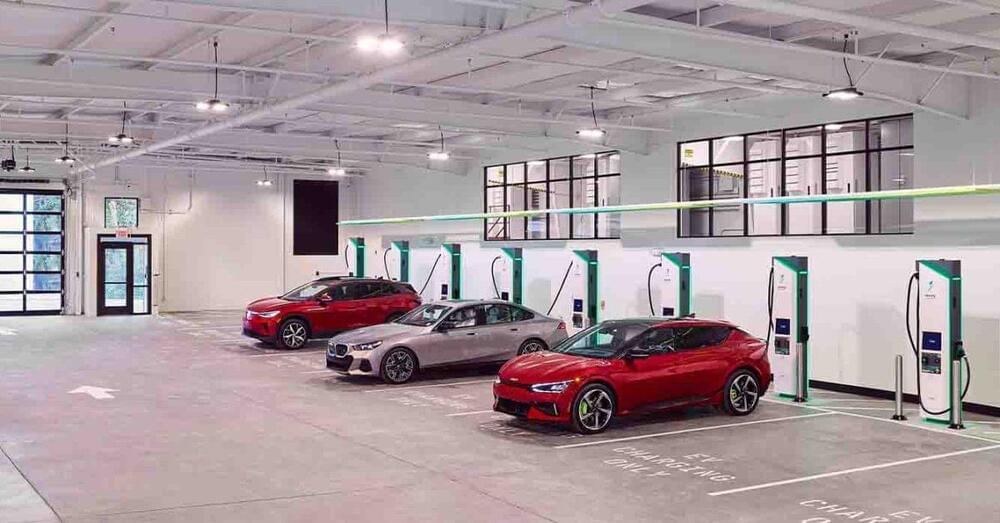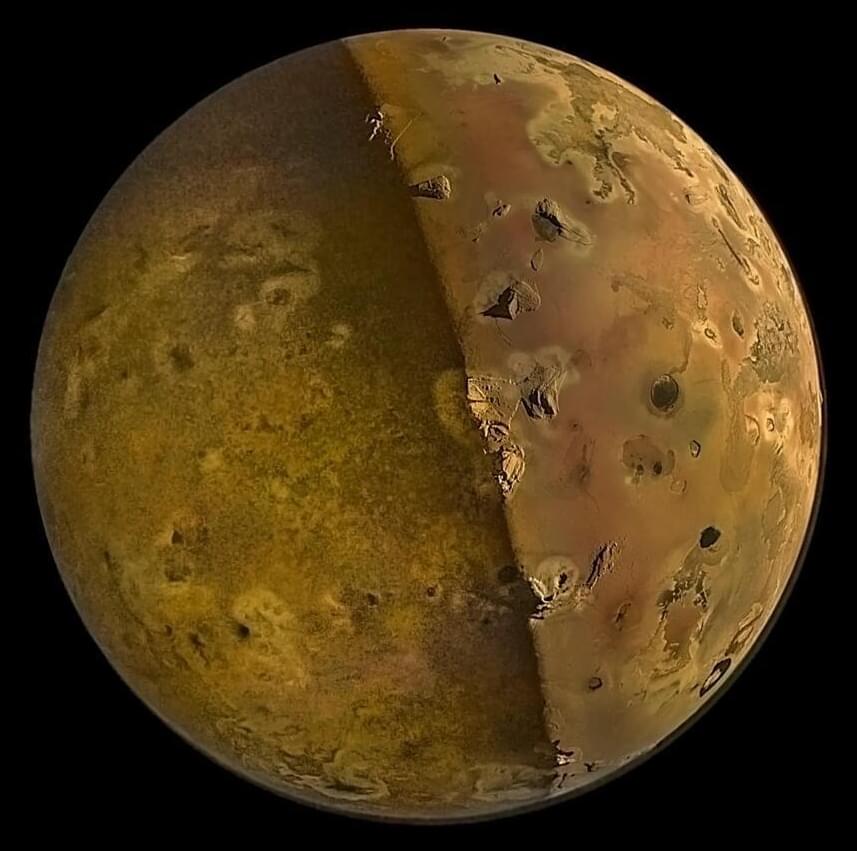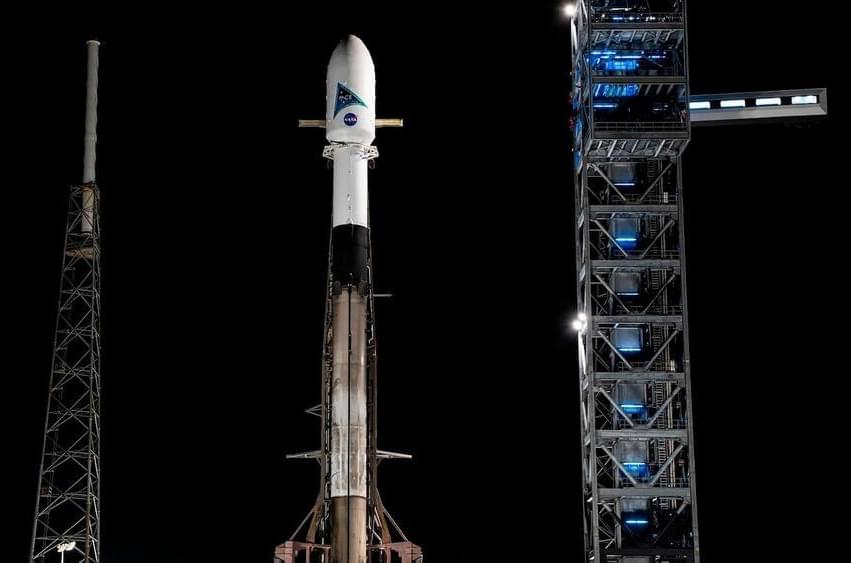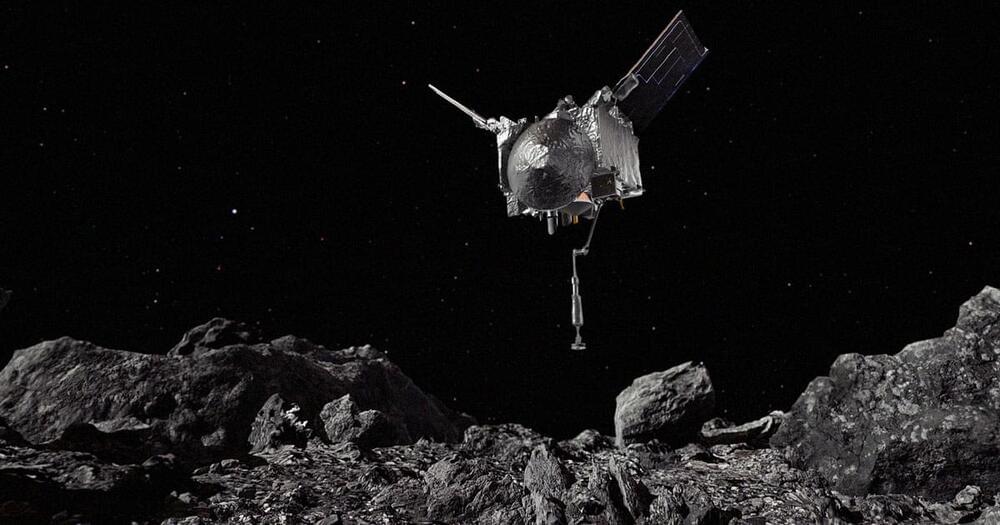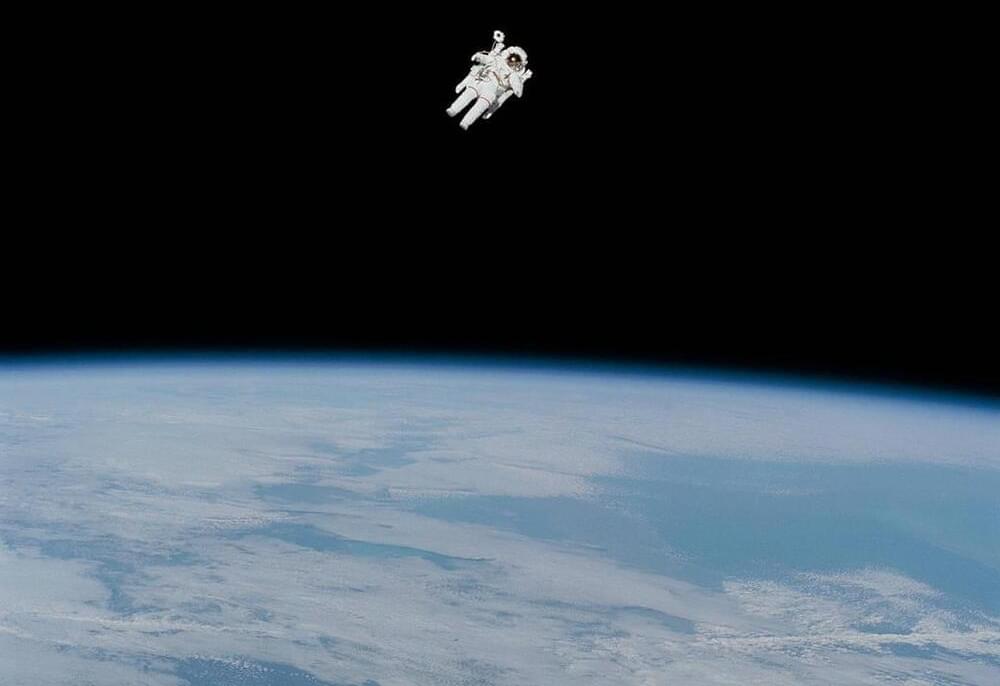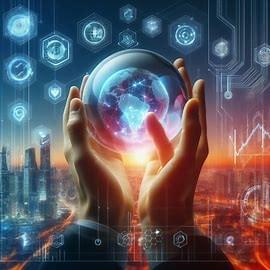Read about the recent stunning image of Jupiter’s moon, Io, obtained by NASA’s Juno spacecraft on Dec 30, 2023!
Jupiter’s first Galilean moon, Io, is one of the most fascinating objects in the entire solar system, exhibiting hundreds of volcanoes that send molten lava hundreds of miles into space, some of which come raining back down onto the small moon’s surface. While Io was explored in depth with NASA’s Galileo spacecraft during the late 1990s and early 2000s, Io hasn’t been imaged up close since then. But NASA’s Juno spacecraft recently broke this dry spell when it passed within 930 miles (1,500 kilometers) of Io’s surface on December 30, 2023, capturing stunning images of active volcanic plumes and several lava fields.
Image of Jupiter’s moon Io, obtained by NASA’s Juno spacecraft on Dec 30, 2023, with its night side being illuminated by reflected sunlight bouncing off Jupiter, also called “Jupitershine.” (Credit: NASA/JPL-Caltech/SwRI/MSSS Image processing by Emma Wälimäki © CC BY)
While this encounter was less than 1,000 miles from Io’s surface, Juno previously snapped images of Io in October 2023, though at just over 7,000 miles (11,000 kilometers). The Juno team made another close flyby only days ago, also coming within 930 miles (1,500 kilometers) of Io’s surface, and these images should be released soon.

